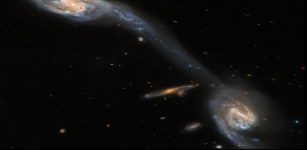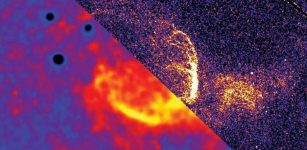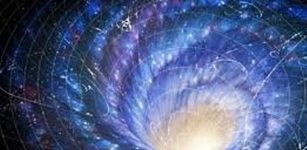Abnormal Star Discovered In The ‘Forbidden Zone’
MessageToEagle.com – A team of astrophysicists from Germany, France and Italy have discovered an old star in the constellation Leo. The star’s existence raised at once many questions for scientists.
The object is definitely not as its “contemporaries” that appeared immediately after the Big Bang event.
For now, SDSS J102915 +172927 is unique but probably not for long as many other similar to this one can be found.
The star is a relatively small object (less than 0.8 solar masses) and it does not fit into the modern theory of star formation. Its age is estimated to more than 13 billion years.
In this case, the theoretical age of our universe is equal to 13.75 billion years old.
“The star is faint, and so metal-poor that we could only detect the signature of one element heavier than helium – calcium – in our first observations,” said Piercarlo Bonifacio (Observatoire de Paris, France), who supervised the project.
“We had to ask for additional telescope time from ESO’s Director General to study the star’s light in even more detail, and with a long exposure time, to try to find other metals.”
The team analysed the properties of the star using the X-shooter and UVES instruments on the VLT. This allowed them to measure how abundant the various chemical elements were in the star. They found that the proportion of metals in SDSS J102915+172927 is more than 20 000 times smaller than that of the Sun.
Cosmologists believe that the lightest chemical elements – hydrogen and helium – were created shortly after the Big Bang, together with some lithium, while almost all other elements were formed later in stars.
Supernova explosions spread the stellar material into the interstellar medium, making it richer in metals.
New stars form from this enriched medium so they have higher amounts of metals in their composition than the older stars. Therefore, the proportion of metals in a star tells us how old it is.
“The star we have studied is extremely metal-poor, meaning it is very primitive. It could be one of the oldest stars ever found,” adds Lorenzo Monaco (ESO, Chile), also involved in the study.
Also very surprising was the lack of lithium in SDSS J102915+172927. Such an old star should have a composition similar to that of the Universe shortly after the Big Bang, with a few more metals in it. But the team found that the proportion of lithium in the star was at least fifty times less than expected in the material produced by the Big Bang.
“It is a mystery how the lithium that formed just after the beginning of the Universe was destroyed in this star,” Bonifacio added.
“We have identified several more candidate stars that might have metal levels similar to, or even lower than, those in SDSS J102915+172927. We are now planning to observe them with the VLT to see if this is the case,” concludes Elisabetta Caffau (Zentrum fur Astronomie der Universit’t Heidelberg, Germany and Observatoire de Paris, France), lead author of the paper.
“It was surprising to find, for the first time, a star in this “forbidden zone”, and it means we may have to revisit some of the star formation models.”
MessageToEagle.com












